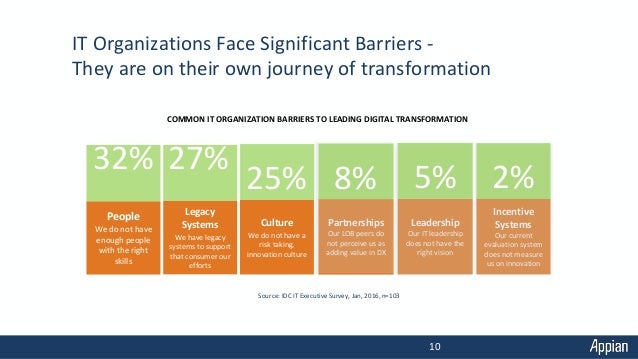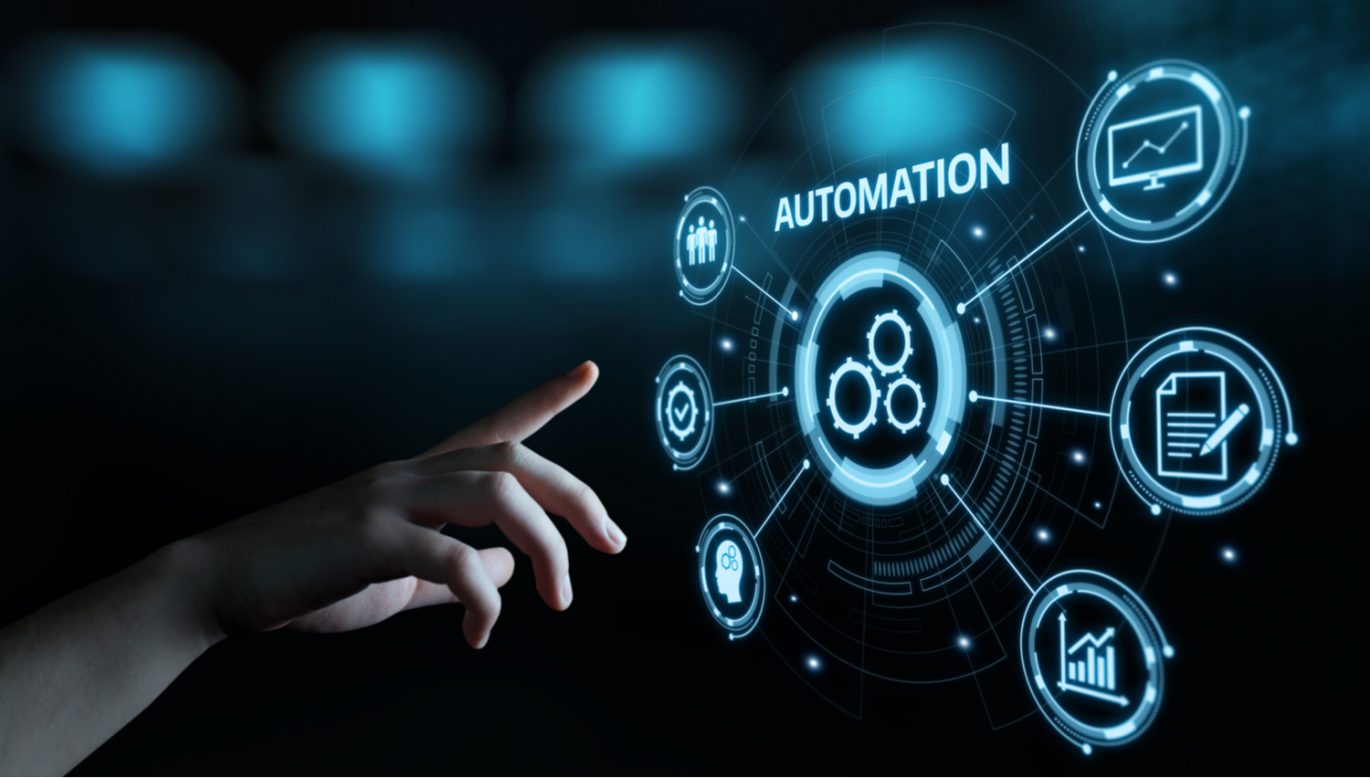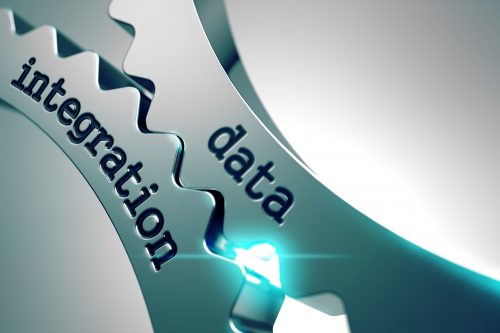Let’s say two cars are available in the market. Once is an Internal Combustion Engine (ICE) and the other one is an electric vehicle (EV). The EV consumes less fuel, is eco-friendly, and offers the latest amenities and safety features. Which car would you want to buy?
Of course, the new variant – the one that offers the best features and the best quality of service.
The same is the case with business software. They get obsolete with time. The efficiency of these software decreases, and newer versions rise up to replace them.

What are legacy systems?
In short, legacy systems are ‘old’ systems that you can’t replace because of several constraints including the dependency of the whole business on them.
Gartner says:
A legacy application is “an information system that may be based on outdated technologies but is critical to day-to-day operations.”
In most organizations, legacy systems are used for operating multiple software and tools. They run the the application piece by piece and perform various processes needed for the success of organizational goals. However, legacy systems are not always defined by age.
If for some reason, the technology stack changes, and a system is not able to support the new applications of that organization, then that would be called a legacy system. If a software update leaves the system incompatible, then that would also be called a legacy system.
Source: Govtech
Legacy systems can often wreak havoc not just for the organization but for each of its clients as well. This happened with the IRS in 2018 when its IT systems went offbeat.
The deadlines for tax submission were delayed by one day due to technical glitch. IRS didn’t mention the specifics of the ‘technical glitch’ but it already had systems as old as six decades in operation. It was assumed that one of these systems led to that technical glitch for the company.

Source: Gartner
Legacy systems will see have the following problems:
- Maintenance: Legacy systems are always costly to maintain.
- Support: Legacy systems lack support for multiple software and applications
- Integration: Legacy systems are hard to integrate with the data warehouse. They require external or customer connectors to move data to other data systems.
- User experience: Most legacy software lacks any kind of GUI and therefore programming them is an arduous task.
Benefits of Legacy System Modernization
Legacy system modernization is not a single event because you can’t change all your legacy infrastructure abruptly. It is a process and just like any other process it needs to be done in phases and it takes time to complete.
Before initiating the legacy system update, all stakeholders need to be taken on board because it can directly affect their profits. The legacy system upgradation can lead to the following benefits for the organization.
- Organizational Agility
According to research conducted in 2019, businesses were losing over $1 billion because of legacy infrastructure. By positioning an organization to rely less on legacy systems, companies can enhance their long-term profits. Since the purpose of digital transformation is to align overall business goals, organizational agility can make a drastic improvement in overall revenue.
- Growth Opportunities
Enterprise companies are always investing in high-quality infrastructure, organizational restructuring, and Research & Development (RnD) of their teams. The purpose is to bring more growth to the company through iterations, trials, and errors. Investing in legacy system modernization can help these enterprises move forward with lightweight applications primed for better customer experience, improved backend maintenance and shorter deployment time, allowing them to get ahead of the competition and acquire more customers.
- Software Integration
A major problem with legacy infrastructure is its lack of compatibility with external and internal databases. It usually requires a third-party API to integrate data. Third-party APIs can cost thousands of dollars yearly. Switching to a modern software not only ensures that these dollars are saved but it also simplifies the whole process of data integration without requiring a great deal of customization and coding.
- IT Security
Legacy systems lack the required protection to protect from imminent cyberattacks. IT security experts advise companies to keep upgrading their infrastructure so that they can easily identify and tackle the security threats that can lead to data loss.
- Competitive Advantage
Legacy software modernization offers an apparent competitive advantage over competitors. Organizations that embrace modern systems are more likely to scale their businesses faster because they have the edge and the capacity to do that. In fact, Deloitte conducted a survey and the results reveal that legacy infrastructure doesn’t only impact business efficiency but also its workforce. Businesses have lost over 23% of their workforce because of legacy code erosion – a term they used for legacy system contamination that can spread across the organization.
Time to Upgrade Legacy Systems
Legacy system upgradation is not a single day process, it can take years at end especially if you are trying to perform a rip-and-replace. It is an incremental process that will vary for each organization and may include shifting from current technology to the cloud. Since it is an iterative approach the only way to measure it is through advanced analytics.
Astera Centerprise is a legacy system integration software that enables you to transform your business ecosystem according to future business needs, create flexibility, and build a strong foundation for future innovations.








